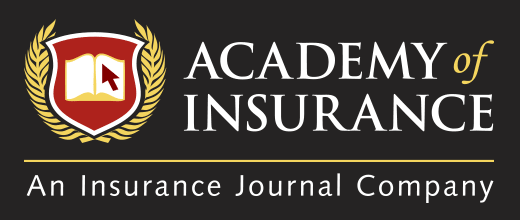Successful underwriting involves a whole host of factors including proper risk selection, adequate pricing, and a bit of luck thrown in for good measure. While the entire industry is subject to ups and downs in terms of pricing and losses, it seems that the habitational (apartments, townhomes, and condominiums) and bar, restaurant and tavern (BRT) classes of business are particularly volatile.
A common factor in these two groups is the sheer magnitude of the number of risks that are in the market, including the small neighborhood sandwich shop all the way to the huge property real estate management firms. National and regional carriers, specialty insurers, risk retention groups and a myriad of programs administrators are able and willing to write these accounts at sometimes rather shockingly low rates. While the top line initially might look quite impressive, over time the losses can and will catch up and could leave the insurer in a troubling financial situation.
This webinar is designed to help both agents and company underwriters improve their ability to write habitational and BRT risks at a profit. Topics to be covered include:
- Property and casualty underwriting "red flags" for habitational, bar, restaurant, and tavern risks.
- A discussion of risk management techniques, other than insurance, that might be useful for the apartment owner/manager.
- Garden vs. high-rise apartment complexes and the advantages and disadvantages of each.
- Bed bugs and mold and what they have in common.
- The challenge of habitability claims and why they are so expensive.
- Why the amenities offered by an apartment complex or condo association can make a big difference on what you pay for your insurance.
- The problem with assault and battery claims and why these losses might be excluded or limited.
- Differences between a bar, a restaurant, and a nightclub in the eyes of an underwriter.
- The location of the "neighborhood" bar makes a very big difference in acceptability. Find out why!
At the conclusion of this session, we will briefly review the role of the surplus lines carriers and wholesale agents/brokers in crafting coverage for those risks that do not meet the underwriting guidelines of many standard carriers.
